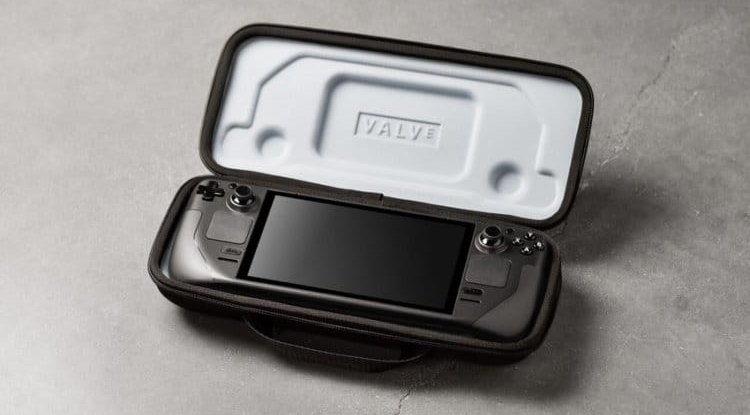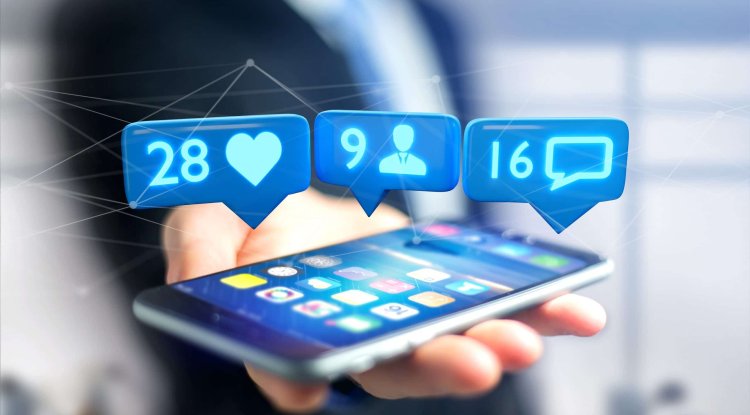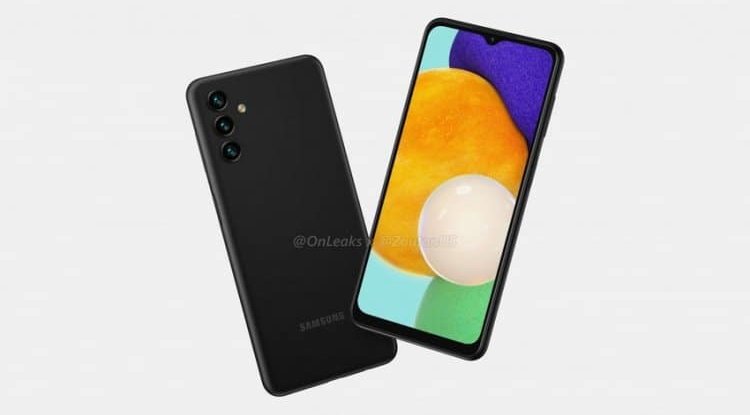The long-known metal found its potential application in the zinc-air battery
In a hydrogen battery, hydrogen and oxygen are combined into the water, but neither an explosion nor a flame occurs, but an electric current. But here is such a zinc-based battery - thanks to the invention of two membranes.

Metallurgy is the struggle of man against nature, corrosion is the struggle of nature against man. Or: what man reduces, nature oxidizes. But when we descend from heaven to earth, we will say that of the 88 chemical elements that appear in nature, only about twenty appear in an unbound, native state; among metals, we should mention gold, silver, copper, platinum, arsenic, mercury, iron, antimony, and bismuth - but even these elements, metals, more often (apart from gold and platinum) appear in the form of oxides, sulfides, and silicates of all kinds. There are two strong reagents in nature, water, and oxygen, and they combine with every non-elemental metal.
Metals can burn, but also slowly combine with oxygen, and corrode. In the presence of water, there is a transition of electrons from the metal to oxygen. Let's take zinc for example. Zinc loses two electrons (Zn → Zn 2+ + 2e - ), which then combine with oxygen, forming hydroxide ions (O 2 + 2H + + 4e - → 2OH - ). Electrons travel on the surface of the metal, from the place where there is less to the place where there is more oxygen - and thus the metal corrodes, through a process called differential aeration. But let's refrain from professional words. Could this process, the process of corrosion of zinc, be used to obtain electric current, in other words for the construction of an electric battery?
When chemical formulas and equations are written, it is easy, but when it comes to implementation, (insurmountable) difficulties come to light. In the reaction of electrons with oxygen, hydroxide ions are formed, therefore the electrolyte becomes alkaline. Alkali does not react with oxygen, but it reacts with carbon dioxide, which is present in the air. The reaction of oxygen dissolved in water, whether it is its reduction (ORR, oxygen reduction reaction ) when the battery is discharged, or whether it is its formation by oxidation of hydroxide ions (OER, oxygen evolution reaction ) when charging the battery, is slow, so it needs to be catalyzed. In addition, you need to make a membrane that will allow oxygen to pass through (air cathode), but also a membrane that will divide the cathode from the anode space.
Chinese scientists solved all these problems and informed the public about them in an article published in Matter magazine entitled " High-voltage asymmetric metal-air batteries based on polymeric single-Zn 2+ -ion conductor ".
The miraculous membrane is based on a very ordinary (and cheap!) polymer, polyacrylonitrile, PAN. The polymer and zinc acetate, Zn(Ac) 2, are dissolved in an organic solvent, and then heated to 140 o C. At that temperature, the chain molecules of the polymer connect into a ladder-like structure, in which there are nitrogen atoms capable of binding zinc atoms. ion. In short, a membrane is created through which zinc ions pass ( zinc-selective transport membrane, ZnSTM), but as we said, not H + and OH - ions.
The second, the air membrane, which serves as the cathode, is actually a carbon electrode in which cobalt clusters about nanometers are embedded. They serve as a catalyst. All in all, simple and especially cheap membranes (ZnSTM costs about 400 dollars per square meter), and zinc is cheap, far cheaper, and more available than lithium - the metal on which lithium-ion batteries are based. (Zinc, however, is not flammable or toxic like lithium, zinc is moreover a biogenic element.)
And now the moment of truth: how efficient is such a battery? It can achieve a specific power of 126 mW cm -2, at a current density of 150 mA cm -2. Its efficiency is 76.6%, but after 300 charging and discharging cycles it drops to 70.8%. Furthermore, membranes for tin (SnSTM) and silicon (SiSTM) can be made in a similar way, but batteries based on these two chemical elements give lower voltages than zinc batteries.
Post by Bryan C.





































